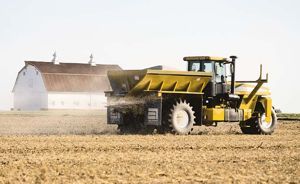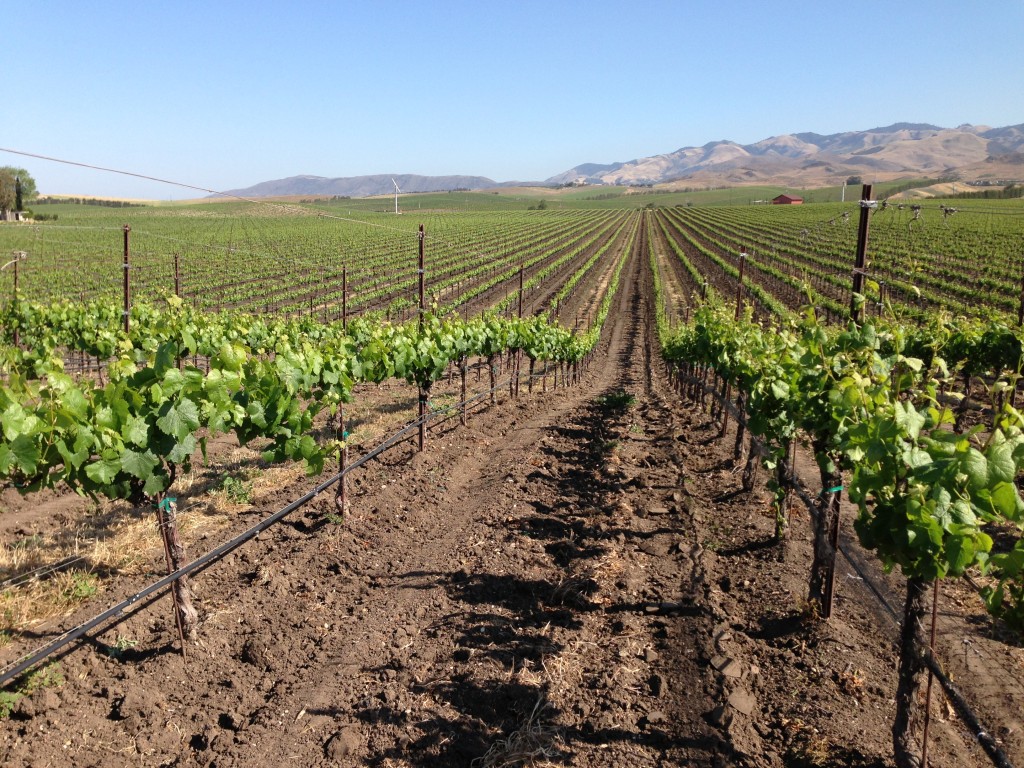
As summer fades, many growers around the country are starting to think about how to best implement and manage their fall dry fertilizer programs. Before the spreaders take to the field, growers will need to answer a number of important questions, from “What type of fertilizer to choose?” to “Am I trying to maintain or build nutrient levels in the soil?”
The majority of growers who apply dry phosphorus (P) and potassium (K) fertilizers in the fall will also have two other major concerns:
- What amount of applied fertilizer will become or remain available to the crop in the following growing season?
- How can I get better first-year recovery out of my fall dry fertilizer application?
One way for growers to answer these questions and make management decisions is by understanding the efficiency of P and K fertilizers. In this blog, we will talk more about P and K fertilizer efficiency and about some ways to help growers get better first-year nutrient recovery.
Satisfying the Nutrient Demands of Hybrid Corn: Are We Doing Enough?
Even though the use of commercial inorganic fertilizers has risen dramatically in the past 50 years to try to meet the nutrient demands of hybrid corn, soil test information from the International Plant Nutrition Institute (IPNI) suggests that growers are not keeping up with P and K demands of new high-yielding corn varieties.
Today, a 200-bushel corn crop requires 256 units of nitrogen (N), 103 units of P, and 263 units of K (these units take into account NPK in corn residue).1 But as grain production increases, the demand for NPK also increases. In spring and summer seasons with ample moisture, corn yields can surpass the 200 bushel/acre mark by as much as 20-50 bushels/acre, leading to a drawdown of soil P and K levels because the fertilizer application was calculated and applied for the 200 bushel/acre yield.
To illustrate this phenomenon, Figure 1 below shows the changes in P and K levels in the Corn Belt from 2005-2010.2 All of the Corn Belt states experienced a reduction in soil P levels from 2005 compared to 2010, and most states declined in soil K levels as well.

Figure 1. Median soil P and K levels (50 percent of samples are above and below these levels) for the Corn Belt states and Ontario. The lower numbers in the maps are the changes from 2005. (Source: IPNI Corn Belt Fertility Study: 2010)
Another alarming issue is the inefficiency of our applied P and K fertilizers. Figure 2 below reveals the stark inefficiency of applied P fertilizers and the wide range of efficiencies for applied K fertilizers.

Figure 2. First-year nutrient efficiency/recovery. (Source: IPNI)
Many US growers make a dry application of P and K fertilizer in the spring or fall.
Unfortunately, because of the circumstances described above, many of these growers are not going to get the first-year P and K efficiency and recovery they need.
How can growers increase the availability of applied P and K to meet crop demands?
The Answer May Be in the Soil Chemistry and Biochemistry
To help answer that question, there are a few important points to remember about interactions that occur in the soil-plant system when dry fertilizers are applied:
- Essential crop nutrients are taken up into plant roots as positively charged cations or negatively charged anions (e.g., Ca+2, NO3-).
- The soil itself has a net negative charge and attracts or holds positively charged cations on cation exchange sites (cation exchange capacity, CEC).
- Negatively charged anions like nitrate have a high propensity to move below the plant root zone if excessive soil moisture is present.
- Chemical reactions (soil chemistry) also play an important role in the formation of compounds that are vital to plant growth.
- Strong attractions among cations, anions, and other compounds can prevent plants from accessing essential nutrients (e.g., when Ca+2 & Fe+2 bind to PO4).
When faced with these interactions, we must rely on the biochemical compounds produced by microorganisms to react with and release the bound nutrients, making them available for plant uptake and utilization.
Titan, a biochemical fertilizer catalyst, can be incorporated into a grower's existing dry fertilizer program to increase P and K availability and improve plant uptake. The concentrated biochemistry in Titan works in the soil profile to aid the mineralization of organic nitrogen and phosphorus into inorganic forms plants use. It also helps to improve soil issues to allow the release of bound potassium from the soil layers. This means that more of the applied fertilizer will become or remain available to the crop in the following growing season, helping growers answer a crucial management question. Figure 3 shows some examples of the results of using Titan with dry P and K blends.

Figure 3. Results with Titan impregnated on dry fertilizer.
Conclusions
The days may be getting shorter, but with some simple planning, it’s easy to get more nutrient recovery from any fall dry fertilizer application. The end result is increased crop yields and total economic return from your growing program.
References:
- Sutch R. (2011). The Impact of 1936 Corn Belt Drought on American Farmers’ Adoption of Hybrid Corn. In: Libecap GD and Steckel RH, eds. The Economics of Climate Change: Adaptations Past and Present (p. 195 - 223) Chicago, Illinois: University of Chicago Press.
- Mosaic Company's Nutrient Removal App. Available at: http://www.agprofessional.com/news/Mosaic-introduces-new-nutrient-removal-data-app-135169923.html.
- IPNI Corn Belt Fertility Study: 2010































 Scientists from Agricen and the University of North Texas researchers analyzed soil associated with corn roots collected from a field study of corn conducted at the University of Arkansas, where plots had received a range of fertilizer types and application rates.
Scientists from Agricen and the University of North Texas researchers analyzed soil associated with corn roots collected from a field study of corn conducted at the University of Arkansas, where plots had received a range of fertilizer types and application rates.